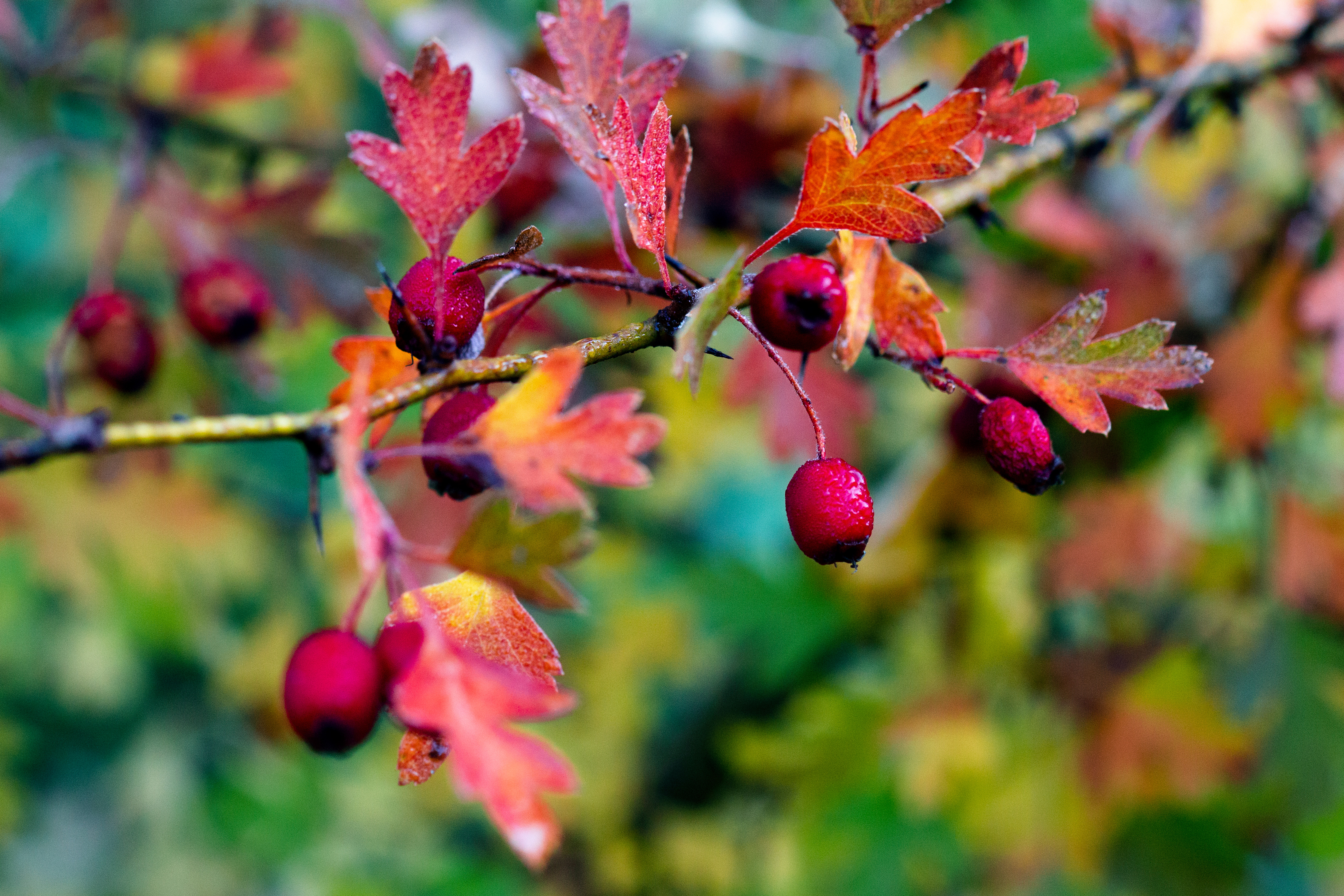Vegetation
The general characterization of the vegetation in Olmeda de las Fuentes corresponds to the Mesomediterranean climatic floor, where holm oaks and kermes oak dominate, as well as gall oaks in the cooler areas. More specifically, the plant masses that we can find correspond to the conditions that occur in the so-called Alcarria, characterized by having basic soils (calcareous and gypsum).
Vegetation units vary according to soil conditions, water availability and sunny or shady orientation.
River banks and small valleys are associated with surface water courses or underground springs. In the water courses themselves or in the areas that remain flooded, the reeds and eneas develop. At the edges of the streams, willows develop that may have black poplars, white willows, as well as some tarays as neighbors. Where there are no crops, the poplars; with their silvery trunks, roses, hawthorns, brambles or sloes occupy the alluvial plains near the riverbed.
In the area there is a very characteristic topographic situation of the Alcarria: the contact between the permeable limestone of the moor, and the less permeable marl or gypsum. In the case of Olmeda de las Fuentes, the olmedas, which are normally installed between the avenues and the holm oaks, deserve special consideration. In the small oases generated by the appearance of water springs, the “hanging elm trees of the Alcarria” develop, which allow the persistence of isolated elms between the houses or in the orchards. It is more than probable that the origin of the name of this municipality was due to one of those striking olmedas hanging below the arid moor. Unfortunately, most of the elms have succumbed to the plague of graphiosis.
 On slopes and slopes, the dominant materials are soft, white marls and plasters. Its soils are shallow, which prevents the growth of many plants. Although you can find some crops, mainly olive trees and vineyards, but the most common are scrub formations in which aromatic and thorny plants dominate, such as gorse, rosemary, thyme and sage, because they are very resistant to sunstroke. You can also find blackberry sabina, aladierno, olivilla, scarecrow or some hawthorn, as well as some isolated feet of holm oaks.
On slopes and slopes, the dominant materials are soft, white marls and plasters. Its soils are shallow, which prevents the growth of many plants. Although you can find some crops, mainly olive trees and vineyards, but the most common are scrub formations in which aromatic and thorny plants dominate, such as gorse, rosemary, thyme and sage, because they are very resistant to sunstroke. You can also find blackberry sabina, aladierno, olivilla, scarecrow or some hawthorn, as well as some isolated feet of holm oaks.
Due to the limestone character of the terrain, it is common to find different species of orchids, especially in April and May. The most visible and extensive part of the land is dominated by the calcareous formations known as “limestones of the moor”, which constitute the base of the high cereal plains.
The aromatic plants of the Alcarria have traditionally been associated with the production of honey, known for its high quality. This is due to the great variety and abundance of honey plants that provided resources during a very wide time of the year, thanks to the staggered flowering of the different species.
Esparto grass had great relevance in a not too distant time, becoming almost cultivated by man for the purpose of making use of ropes, shoe soles, serones and other everyday utensils. It can be found on parched gypsum slopes.
In shady areas or valley bottoms, gall oak is installed, which can be seen accompanied by maple, mostajo and other rowan trees.
The enclaves dominated by gypsum, host a very characteristic and specialized vegetation that has a high botanical interest, with some interesting endemisms (that is, plants that only exist in this area). For example, Gypsofila bermejoi or Euphorbia lagascae.
In the moor areas, the altitude and the calcareous substrate determine the vegetation units, which in this case are limited to holm oaks and gall oaks.
Under the oaks you can find hawthorns, roses, sloes, gorse, rosemary and among others. These holm oaks; less dense than those located in valleys in their natural state; They have undergone very deep transformations in favor of rainfed agriculture or even grazing, but their patches or groves are numerous. It is common to find separate feet of holm oaks in a grassy form in agricultural areas. Among them, an oak, known as "encina de La Pica" stands out, which is classified as a singular tree in the Community of Madrid and is one of the natural treasures most appreciated by the Olmedeños.
 EN
EN Español
Español




